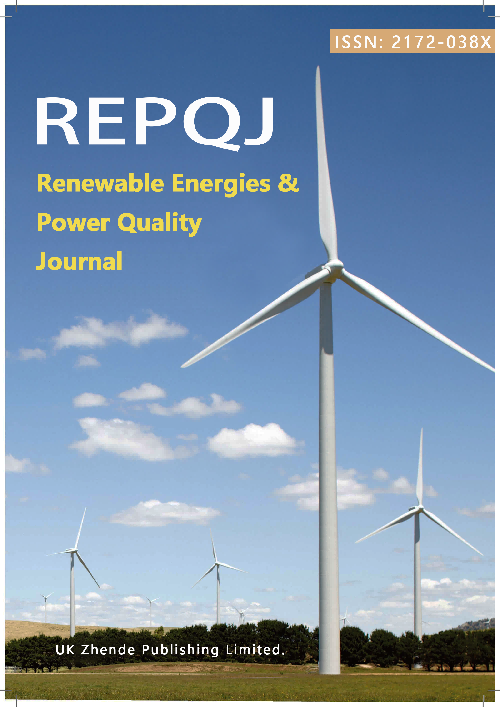Increasing the efficiency of pumped storage power plants
DOI:
https://doi.org/10.52152/4572Keywords:
Hydro pumped energy storage, efficiency, power plant flexibility, renewable energyAbstract
The use of different types of renewable energy sources has been growing very rapidly recently. This is especially true for the use of wind and solar energy to produce heat and electricity. Many advanced countries have already achieved a share of renewable energy sources in the total energy production balance of about 40-50 per cent. This is quite high, although the goal of reducing the level of CO2 in the earth's atmosphere has not yet been achieved. The unstable over time capacity of generation using renewable energy sources leads to additional difficulties in ensuring the reliability of power supply and the quality of generated electricity, which eventually leads to the need for widespread use of energy storage technologies. The most widespread is the system of hydro-pump energy storage. It is practically the only technology to date that allows storing large amounts of energy for a long period of time. The purpose of this study is to analyse in depth the operating experience of hydropump energy storage, quantify the efficiency of their operation, and develop the most promising directions to improve their flexibility and efficiency. A detailed efficiency analysis is performed on the example of the hydro pumped storage power plant "Gorona del Viento" (El Hierro Island, Canary Archipelago, Spain). Possible methods of load balancing in the electric network by means of a hydro pumping power plant are considered. Using computational models, the main operating modes of the power plant are analysed, and the possibility of implementing different strategies of load balancing in the electric grid is demonstrated.
Downloads
Published
Issue
Section
License
Copyright (c) 2025 Oleksandr Novykh, Juan Albino Méndez Pérez, Benjamín González-Díaz, Igor Sviridenko, Iurii Lukianchuk (Author)

This work is licensed under a Creative Commons Attribution 4.0 International License.











